10 Moroccan Cooking Spices That Will Transform Your Kitchen into a Sahara of Flavor!
Table of Contents
- Introduction: Spice Up Your Life, the Moroccan Way
- Top 10 Essential Moroccan Cooking Spices You Need to Know
- How These Spices Shape the Unique Flavor Profile of Moroccan Cuisine
- Pro Tips for Using Moroccan Spices Like a Local Chef
- Buying Guide: Where to Find Authentic Moroccan Spices and What to Look For
- Conclusion: Embrace the Magic of Moroccan Cooking Spices
Introduction: Spice Up Your Life, the Moroccan Way
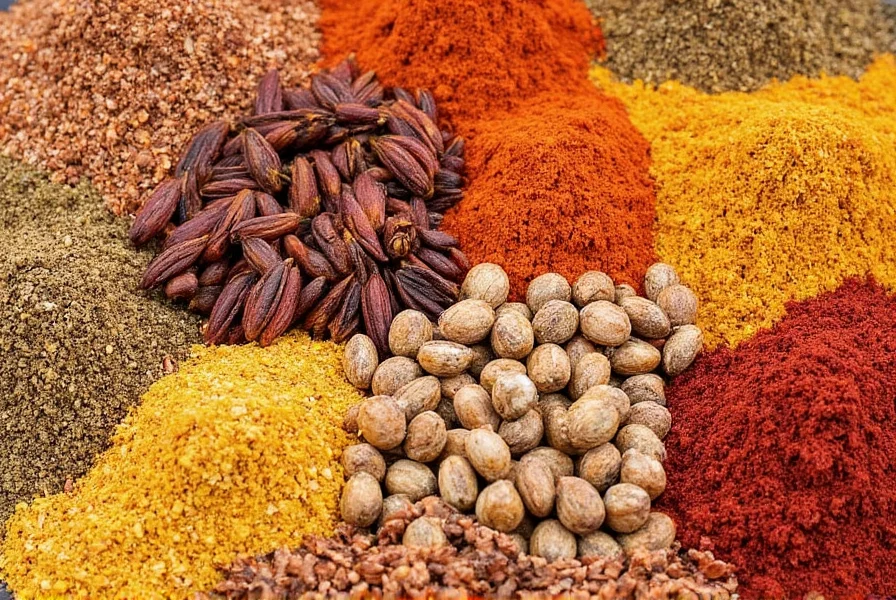
Moroccan cuisine is like a symphony of flavor — each spice plays its own role in creating harmony on your plate. Known for its warm, aromatic, and complex profiles, Moroccan food wouldn’t be what it is without its signature blend of spices.
If you’ve ever walked through a Marrakech souk, you know that the air is thick with the scent of cinnamon, cumin, ginger, and more. But how do you translate that magic into your home kitchen? Whether you're a seasoned chef or just curious about global flavors, this article will guide you through the essentials of Moroccan cooking spices, why they matter, and how to use them right.
Top 10 Essential Moroccan Cooking Spices You Need to Know
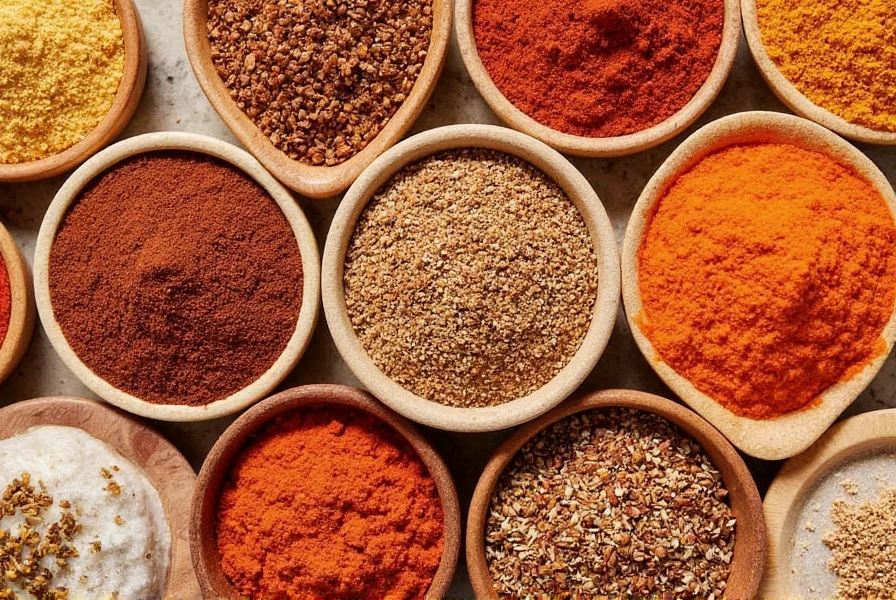
Moroccan dishes are built on a carefully curated palette of spices. Here’s your cheat sheet to the top 10 must-have Moroccan cooking spices:
| Spice | Flavor Notes | Common Use |
|---|---|---|
| Cumin | Earthy, nutty, warm | Tagines, stews, meat rubs |
| Paprika | Sweet, smoky (depending on variety) | Color and depth in tagines and sauces |
| Ginger | Spicy, zesty, fresh | Vegetable dishes, lamb, desserts |
| Cinnamon | Warm, sweet, woody | Meat dishes, rice, pastries |
| Turmeric | Earthy, slightly bitter | Rice, vegetable tagines, coloring |
| Coriander | Citrusy, floral | Stews, breads, marinades |
| Nutmeg | Rich, spicy-sweet | Desserts, chicken tagines |
| Saffron | Floral, honeyed, luxurious | Festival dishes, paella-style couscous |
| Anise Seeds | Licorice-like, aromatic | Breads, herbal teas, sweets |
| Black Pepper | Sharp, pungent, bold | Almost all savory dishes |
This list isn’t just random — these spices are the pillars of Moroccan kitchens. They often appear in combinations known as ras el hanout, a magical blend that can include up to 30 different ingredients, depending on the region and family tradition.
How These Spices Shape the Unique Flavor Profile of Moroccan Cuisine
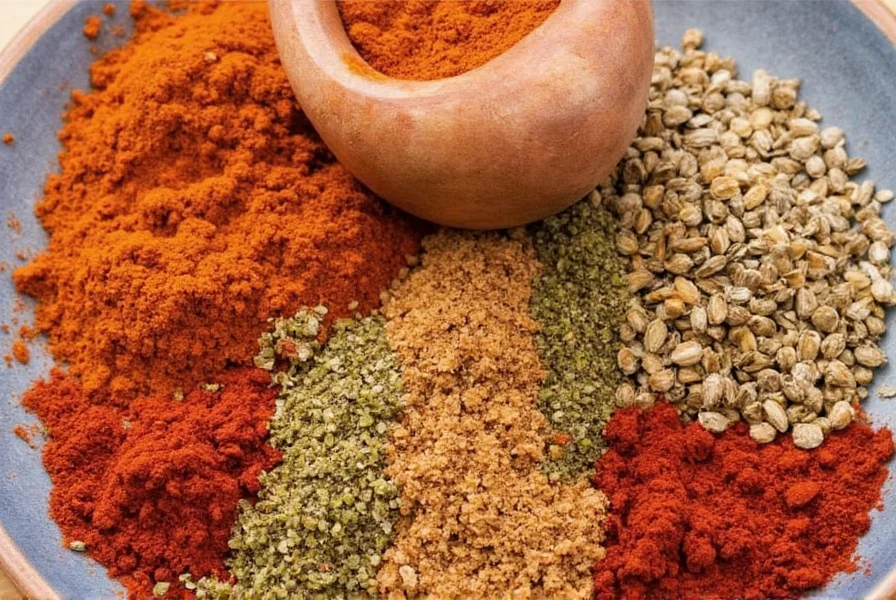
Moroccan food tells a story — one of ancient trade routes, Berber roots, Arab influences, and Andalusian migrations. The spices used aren’t just for taste; they’re part of a cultural legacy passed down through generations.
- Cumin & Coriander: Form the earthy backbone of most dishes. Their grounding presence balances the sweetness of dried fruits or the heat of chilies.
- Cinnamon & Nutmeg: Often added to savory dishes — especially those with lamb or chicken — lending a sweet warmth that makes Moroccan meals feel comforting yet exotic.
- Ginger & Turmeric: Not only do they add a kick, but turmeric also gives dishes that golden glow we all associate with North African cuisine.
- Paprika: Adds color and subtle heat without overwhelming other flavors — perfect for achieving visual appeal and mild spiciness.
- Saffron: Used sparingly due to its high cost, saffron elevates any dish to a luxurious level. Think of it as the jewelry of Moroccan spices.
In short, Moroccan cooking uses spices not just to season, but to layer flavor, create aroma, and even tell a cultural story.
Pro Tips for Using Moroccan Spices Like a Local Chef
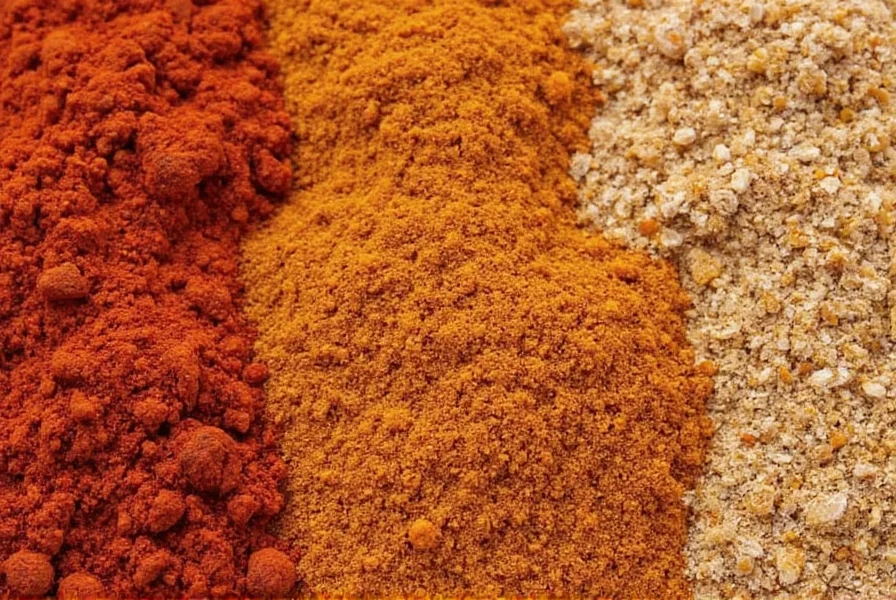
You don't need to fly to Casablanca to cook like a local. Here are some insider tips from experienced Moroccan cooks and chefs:
1. Toast Before Using
Toasting whole spices before grinding enhances their aroma and deepens the flavor. Simply heat them in a dry pan over medium heat for 1–2 minutes until fragrant, then cool and grind.
2. Master Ras El Hanout
Instead of buying pre-made ras el hanout, consider making your own! Customize the blend to your palate by combining:
- 1 tbsp cumin
- ½ tsp cinnamon
- ½ tsp coriander
- ¼ tsp cardamom
- Pinch of clove and nutmeg
3. Balance Sweet and Savory
Moroccan cuisine loves contrast. Try pairing sweet ingredients like dates or apricots with savory ones like lamb, using warming spices like cinnamon and ginger to bridge the gap.
4. Use Fresh Ingredients
Even the best spices won’t save stale or old produce. Fresh herbs like cilantro and parsley are key players in Moroccan flavor combos, so don’t skip them.
5. Slow It Down
Moroccan dishes thrive when cooked slowly. Letting flavors meld over low heat allows the spices to infuse deeply into every bite.
6. Taste As You Go
Spices can vary in potency depending on where and how they were stored. Adjust seasoning throughout cooking rather than all at once.
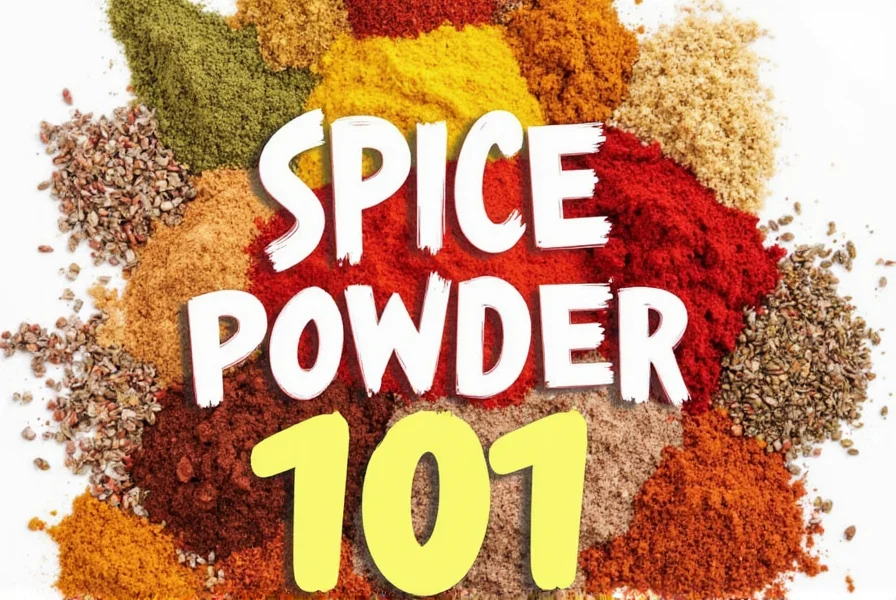
Buying Guide: Where to Find Authentic Moroccan Spices and What to Look For
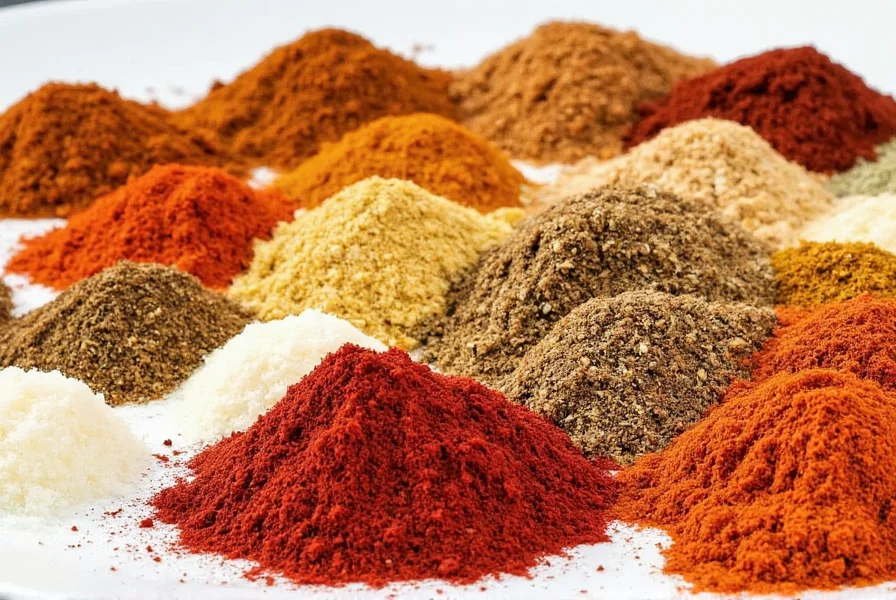
Buying quality spices is half the battle. Here's how to ensure you're getting the real deal:
What to Look For When Buying Moroccan Spices
| Factor | Description |
|---|---|
| Aroma | Fresh spices should smell strong and vibrant. If they smell dull or dusty, they’re likely old. |
| Color | Bright, vivid colors indicate freshness. Avoid spices that look faded or grayish. |
| Origin | Look for products labeled “Moroccan-grown” or imported directly from Morocco if possible. |
| Form | Whole spices last longer. Buy them whole and grind yourself when needed for maximum flavor. |
| Brand Reputation | Choose reputable brands that specialize in Middle Eastern or North African spices. |
Recommended Products
- Moroccan Cumin – Atlas Organics
- Features: Organic, sustainably sourced from the Atlas Mountains.
- Advantages: Strong, rich aroma with no additives.
- Use Case: Perfect for tagines and grilled meats.
- Target Audience: Serious home cooks and professional chefs.
- Occasion: Weeknight dinners, festive occasions.
- Ras El Hanout Blend – Souk Spices Co.
- Features: Traditional recipe made with 24 ingredients.
- Advantages: Balanced blend of warm and sweet notes.
- Use Case: Stews, lamb, and vegetable dishes.
- Target Audience: Beginners and spice lovers.
- Occasion: Dinner parties, Sunday roasts.
- Handmade Saffron Threads – Safran de Tafraoute
- Features: Hand-picked, high-quality threads from Southern Morocco.
- Advantages: Rich aroma, deep red color, very potent.
- Use Case: Rice dishes, desserts, special occasion meals.
- Target Audience: Foodies, gourmet cooks.
- Occasion: Celebrations, weddings, Eid feasts.
- Moroccan Ginger Powder – Zalloum Spice Co.
- Features: Made from sun-dried ginger root.
- Advantages: Sharp, zesty flavor with a clean finish.
- Use Case: Lentil soups, meat marinades, pastries.
- Target Audience: Home cooks experimenting with Moroccan recipes.
- Occasion: Everyday meals, weekend brunches.
Where to Buy
Try these sources for authentic Moroccan spices:
- Specialty Markets: Look for Middle Eastern or North African stores in your city.
- Online Retailers: Sites like Penzeys, Kalustyan’s, and Etsy shops specializing in Moroccan goods.
- Direct Imports: Consider purchasing from cooperatives in Morocco via ethical spice companies.
Conclusion: Embrace the Magic of Moroccan Cooking Spices

Moroccan cooking spices are more than just ingredients — they’re a gateway to a world of history, culture, and incredible flavor. Whether you’re making a simple lentil soup or an elaborate lamb tagine, these spices have the power to transport your taste buds across time and space.
So go ahead — stock up on cumin, cinnamon, and coriander. Learn how to make your own ras el hanout. Experiment with saffron. And remember: in Moroccan cooking, it’s not just what you cook — it’s how you season it.
Happy cooking, spice explorers!

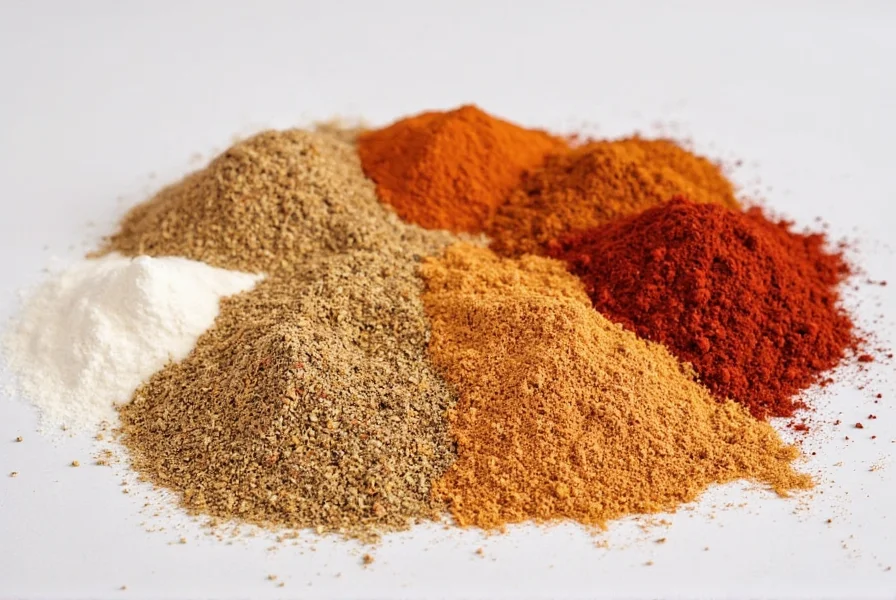









 浙公网安备
33010002000092号
浙公网安备
33010002000092号 浙B2-20120091-4
浙B2-20120091-4